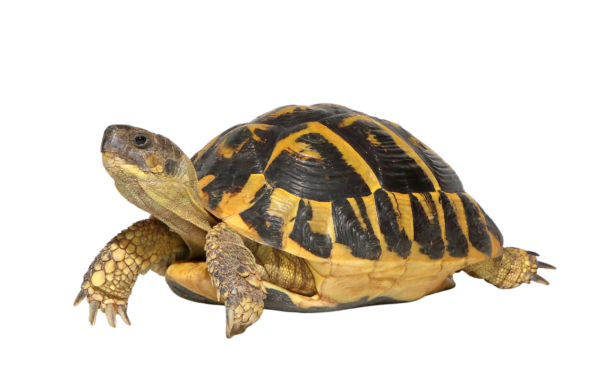Love Tortoises? Read the latest article written by John Hayward who runs the National Theft Register. He offers some useful hints and tips on Tortoise Security.
Is your tortoise insured? Get a quote for £2,500 of vet fees, death and theft cover | Vet fee cover only is also available | We’ve been insuring exotic pets since 1996 | Check out our customer reviews on Feefo
John advises that the majority of the National Theft Register’s reported losses and thefts of Chelonia, Tortoises in particular, take place during the warmer months when the animals are outside in owners’ gardens. As such, Tortoises should be kept well contained in secure areas and out of view of the public. Special care must be taken when people you do not personally know, visit the premises.
Find out about our tortoise insurance or Get a quote
Alternatively you can call us on 0345 982 5505
To help prevent theft, John identifies that the most important issues are:
- Personal care, awareness and high levels of vigilance. Animals should be visible from the house, and protected by the installation of infrared beam systems, passive infrared systems (PIR’s) and movement detectors. The beam can be linked to a dial out unit which will call your mobile phone, alarm, lighting, CCTV, television or computer, should it be crossed. It should be remembered that tortoises are not just stolen from open gardens, but sheds, garages and outbuildings especially during hibernation.
- Additional security: Doors and windows must be protected using high tensile close-shackled padlocks
- Padbars with tamper proof bolts should be used
- Shed alarms should be fitted to doors and windows
- Internal security lighting should be utilised
- Passive Infrared Sensors should also be used. These measure infrared light emanating from objects in their field of view, and will pick out not only your tortoise, but any intruder.
There are a couple of do’s and don’ts regarding identifying your tortoise
Do:
- Photograph your tortoise in situ. Photographs should include:
- The front, back and sides of your tortoise
- Any unique features such as damage or growth changes
- Importantly, photographs should also include the plastron. This should be photographed up close, to illustrate the unique markings of pigment and striations on the surface
- Photographs should be signed and dated and stored in a secure place, for identification purposes should your tortoise be lost
Don’t:
- Nothing should be used to mark your tortoise, especially not paint, nail varnish, micro-dot or U.V pen chemicals. None of these are permanent, and can lull an owner into a false sense of security.
Every tortoise is unique, especially the carapace and the plastron. This is why their markings are otherwise known as ‘The Tortoise Fingerprint System’.
Microchipping
- All Annex A CITES listed Tortoises when entered into trade must be microchipped when suitably large enough and an Article 10 be in existence for that animal.
- Microchipping can also be used to help identify your tortoise, should it be lost or stolen. Mini-microchips are less invasive and are endorsed by DEFRA and supported by specialist exotic vets.
With thanks to John Hayward, Security Advisor for the National Theft Register, for contributing to this article.
For security advice, please call John Hayward, Security Advisor, National Theft Register Tel: 01869 325699 Email: jh@ntr.supanet.com

